
Discrete Objects
Understanding Discrete Objects
Discrete objects are fundamental components in various fields, particularly in geography, urban planning, and data modeling. These objects are characterized by well-defined boundaries and spatial dimensions, making them distinct from continuous phenomena. This article delves into the nature of discrete objects, their representation, and their significance in spatial analysis.
What Are Discrete Objects?
Discrete objects refer to entities that possess clear boundaries and spatially invariant properties. Examples include buildings, parcels of land, and streets. These objects can be modeled in a way that captures their geometry and relationships with neighboring entities. The representation of discrete objects is crucial for various applications, including geographic information systems (GIS) and urban planning.
Characteristics of Discrete Objects
To better understand discrete objects, it is essential to highlight their key characteristics:
- Well-defined Boundaries: Discrete objects have clear edges that distinguish them from their surroundings. This clarity allows for precise identification and measurement.
- Spatial Dimensions: They occupy specific locations in space, which can be quantified in terms of area, volume, or length.
- Spatially Invariant Properties: The properties of discrete objects do not change based on their location. For instance, a building retains its height and design regardless of where it is situated.
- Modeling Techniques: Discrete objects are often represented using vector data, which allows for detailed geometric representation and analysis.
Modeling Discrete Objects
Modeling discrete objects involves capturing their geometry and the relationships between them. This can be achieved through various methods, including:
- Vector Representation: In GIS, discrete objects are typically represented as vector data. This includes points, lines, and polygons, which provide a clear depiction of the object's shape and location.
- Geometric Functions: Functions can be used to describe how discrete objects relate to one another. For example, the distance between two buildings can be calculated using geometric formulas.
- Coverage Geometry: Standards such as ISO 19123 define how to represent the geometry and function of spatial phenomena, ensuring consistency and accuracy in modeling.
Applications of Discrete Objects
Discrete objects play a vital role in numerous applications:
- Urban Planning: City planners utilize discrete objects to design and manage urban spaces effectively. Understanding the layout of buildings and streets helps in making informed decisions about infrastructure development.
- Environmental Management: Discrete objects are essential in environmental studies, where they can represent land parcels, water bodies, and other critical features.
- Transportation Systems: In transportation planning, discrete objects such as roads and intersections are analyzed to improve traffic flow and safety.
- Real Estate Development: Real estate professionals rely on the precise modeling of discrete objects to assess property values and development potential.
Conclusion
Understanding discrete objects is crucial for various fields that rely on spatial analysis. Their well-defined boundaries and spatial dimensions allow for accurate representation and analysis, making them indispensable in urban planning, environmental management, and beyond. As technology continues to evolve, the methods for modeling and analyzing discrete objects will likely become even more sophisticated, enhancing our ability to understand and manage the spaces we inhabit.

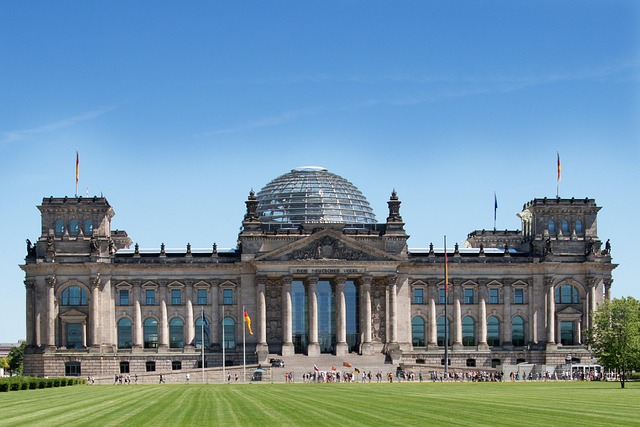
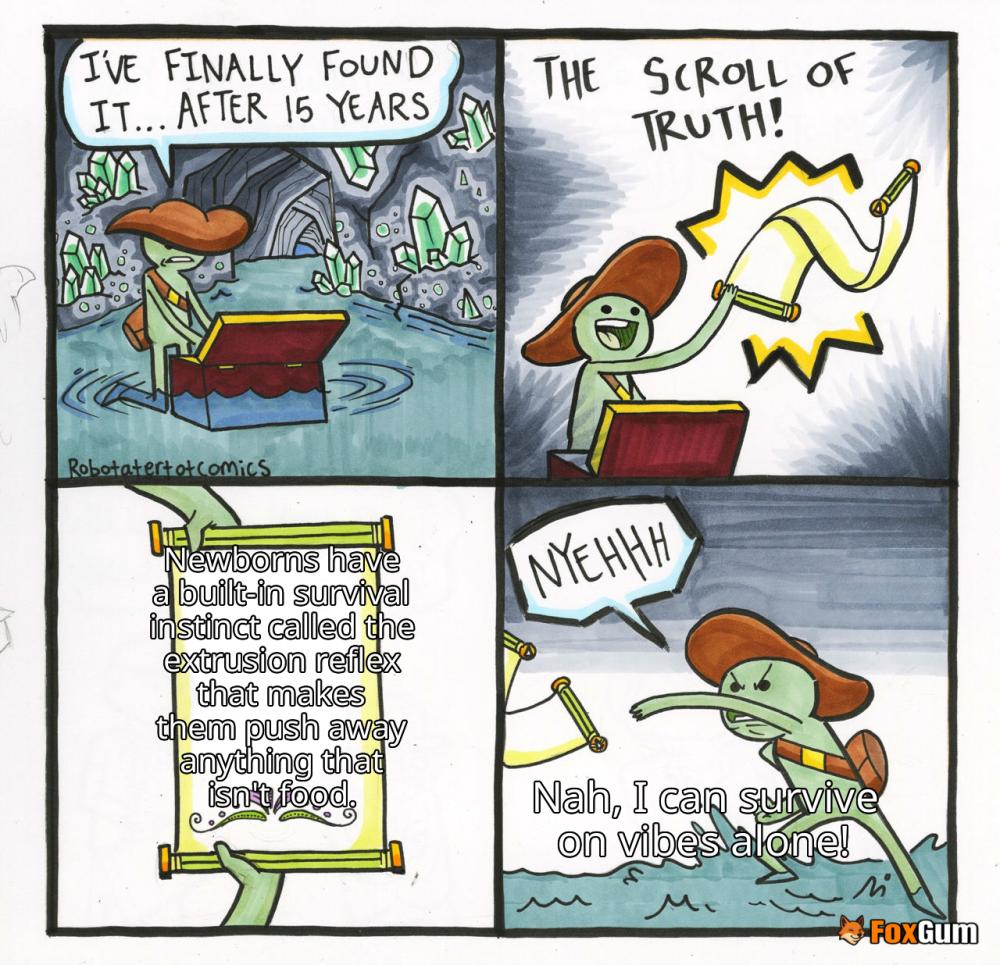

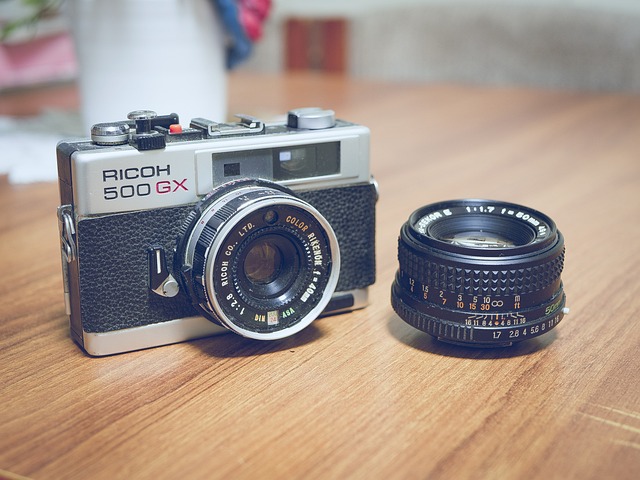


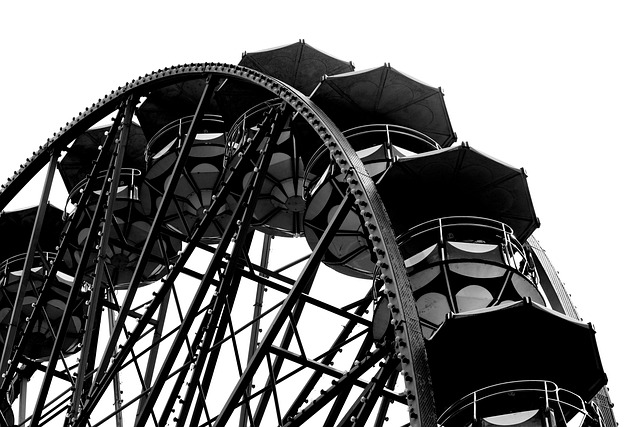





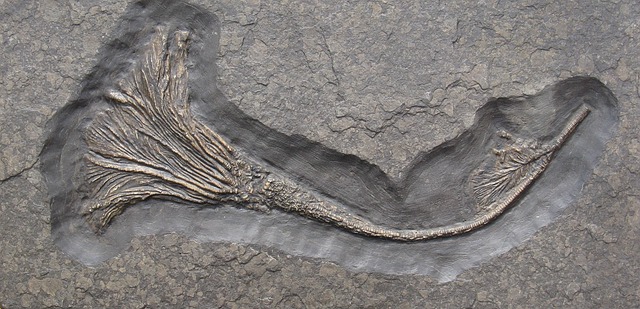



 Anthem Everett: Your New Home Base
Anthem Everett: Your New Home Base 
 Health
Health  Fitness
Fitness  Lifestyle
Lifestyle  Tech
Tech  Travel
Travel  Food
Food  Education
Education  Parenting
Parenting  Career & Work
Career & Work  Hobbies
Hobbies  Wellness
Wellness  Beauty
Beauty  Cars
Cars  Art
Art  Science
Science  Culture
Culture  Books
Books  Music
Music  Movies
Movies  Gaming
Gaming  Sports
Sports  Nature
Nature  Home & Garden
Home & Garden  Business & Finance
Business & Finance  Relationships
Relationships  Pets
Pets  Shopping
Shopping  Mindset & Inspiration
Mindset & Inspiration  Environment
Environment  Gadgets
Gadgets  Politics
Politics 